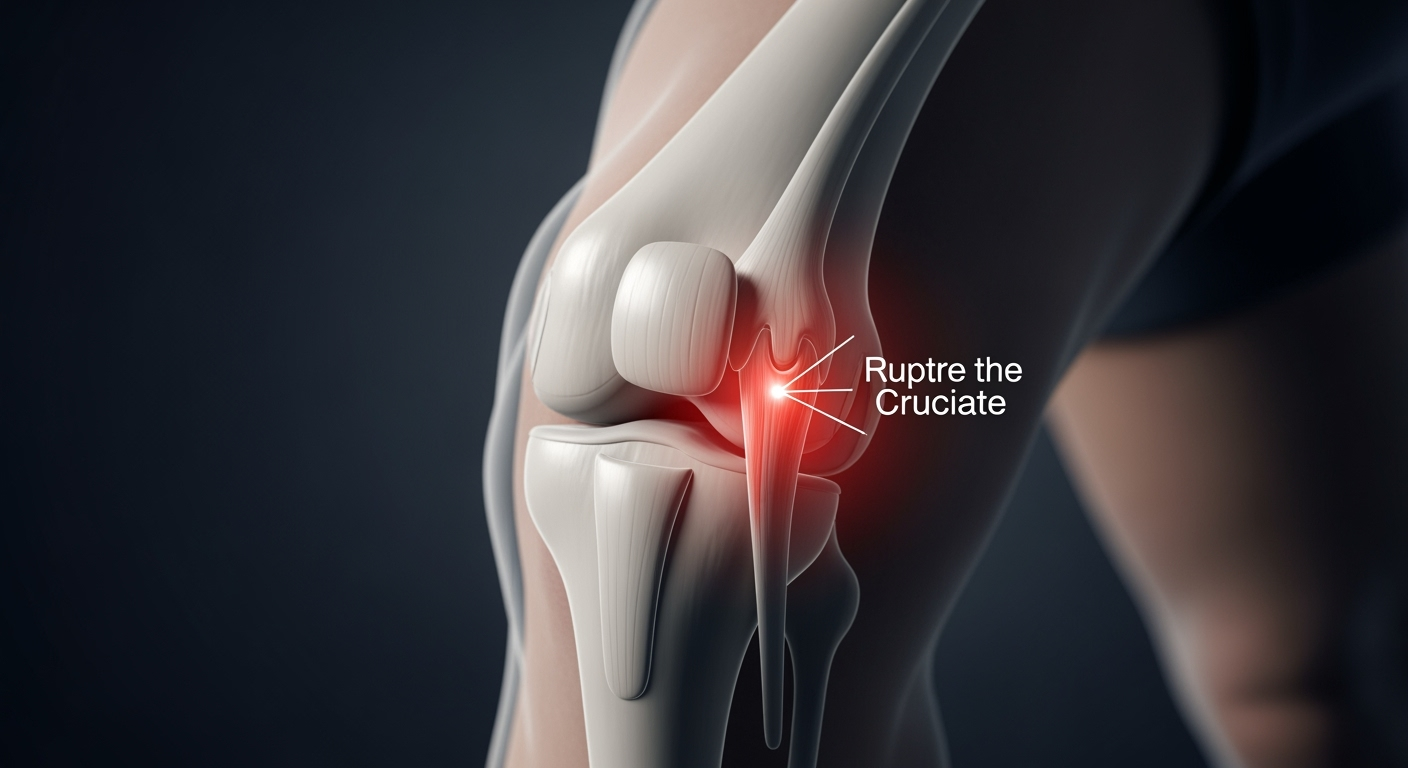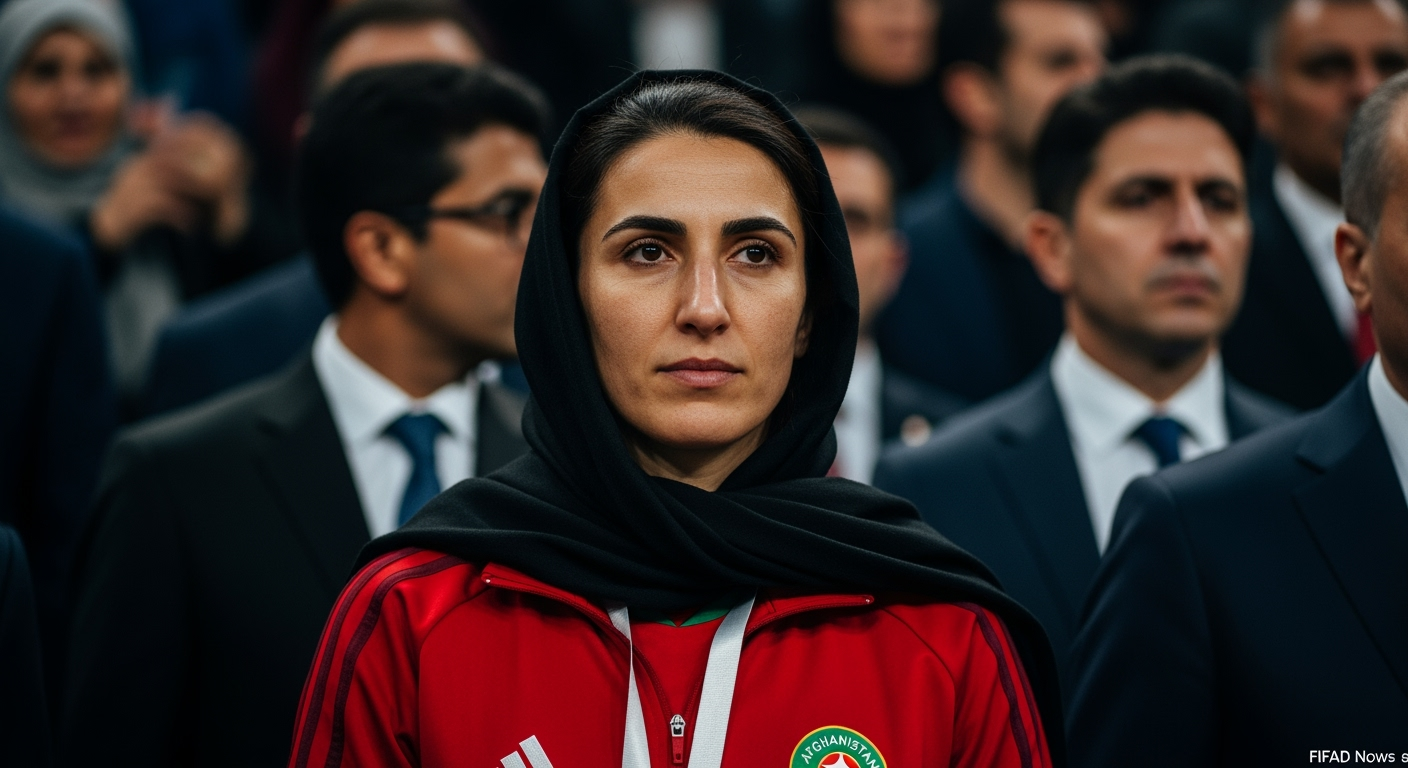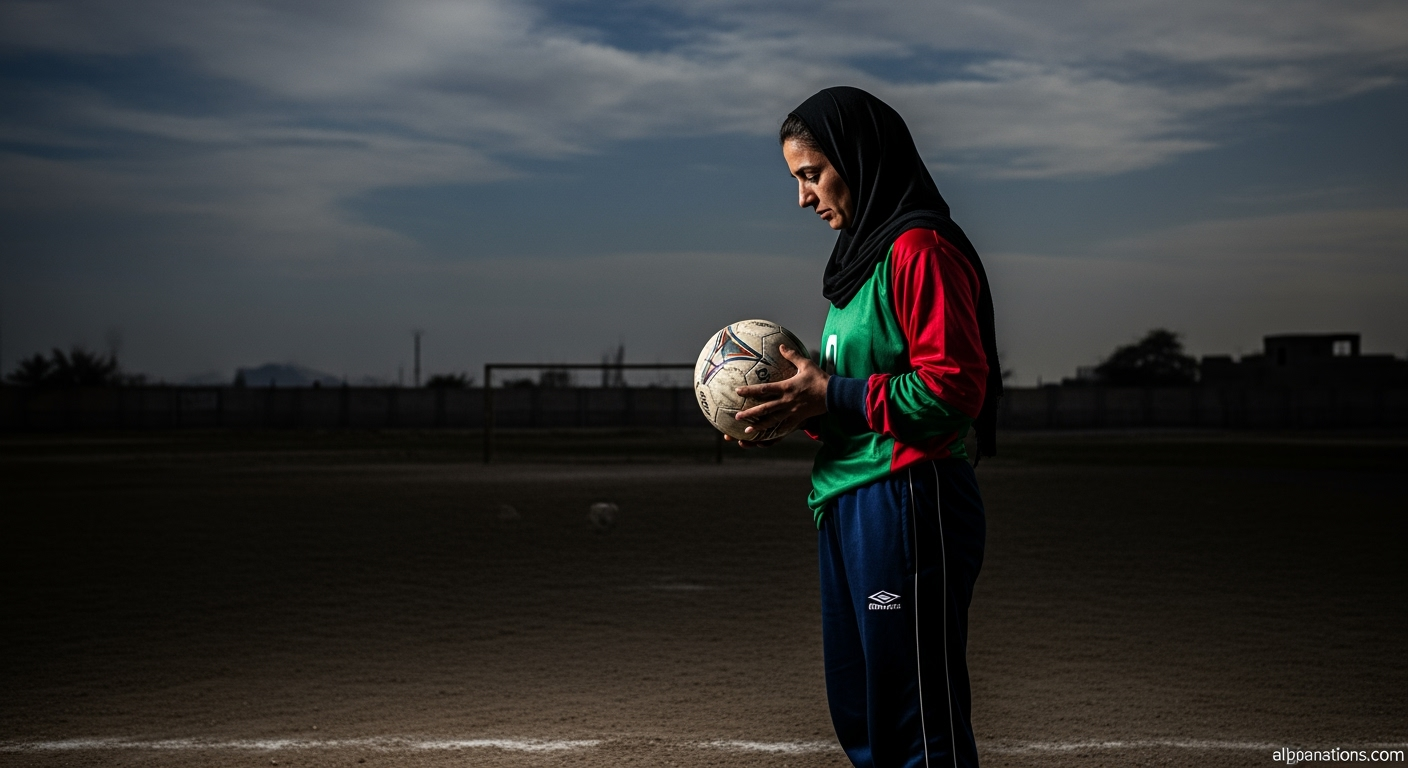Related Articles

The Silent Tear: Unpacking the Impact of Cruciate Ligament Ruptures

Afghan Women's Football Team Forges Historic Path Back to International Arena After Years of Exile





The landscape of European women's club football is set for a monumental shift with the kickoff of the 2025-26 UEFA Women's Champions League (UWCL), ushering in an expanded, more competitive, and financially robust era for the sport. This season marks the implementation of a radical new format, featuring an 18-team league phase, increased prize money, and enhanced commercial strategies designed to elevate the competition's profile and foster sustainable growth. European football's governing body, UEFA, has committed substantial investment, signaling a pivotal moment for the development and professionalization of women's football across the continent.
The evolution of the UEFA Women's Champions League for the 2025-26 season is a direct reflection of the surging interest and talent within women's football. For years, the competition has served as the pinnacle of European club football, showcasing elite athletes and generating memorable encounters. However, the previous format, which included a 16-team group stage, often saw early exits for strong teams and limited exposure for emerging clubs. UEFA's strategic vision, outlined in its 'Unstoppable' strategy, aims to address these limitations by committing €1 billion in competition revenue and investment to women's football initiatives. This comprehensive approach seeks to broaden the sport's social impact, increase participation, and firmly establish women's soccer as a leading, investable global sport. The new structure is poised to amplify the competition's reach and provide more compelling narratives throughout the season.
At the heart of the 2025-26 changes is the introduction of an 18-team league phase, replacing the traditional group stage. This expansion brings two additional teams into the primary stage of the competition, creating more opportunities for clubs across Europe. In this innovative format, each team will play six different opponents, with three matches at home and three away, moving away from the previous home-and-away fixtures against three opponents. These matches contribute to a single league table where points are accumulated (three for a win, one for a draw, none for a loss), ensuring that every result holds significant weight.
Qualification for this expanded league phase will involve several pathways. Nine teams will secure direct entry, including the previous season's UWCL winner, the domestic champions of associations ranked 4-6, and the runners-up of associations ranked 1 and 2. For the 2025-26 season, this means that champions and runners-up from France and Germany, along with the champions of Spain, England, Portugal, and Italy, will receive direct berths. The remaining nine spots will be filled through a rigorous qualifying process comprising a Champions Path for league winners from lower-ranked associations and a League Path for non-champion teams.
Once the league phase concludes, the top four teams in the unified 18-team table will automatically advance to the quarter-finals. Teams finishing between 5th and 12th place will engage in a two-legged knockout phase play-off to determine the other four quarter-finalists, with the higher-ranked teams earning the advantage of playing the second leg at home. Teams ranked 13th to 18th will be eliminated from the competition. From the quarter-finals onwards, the tournament reverts to a familiar two-legged knockout format, culminating in the final.
Further enhancing the European club football landscape, UEFA is also launching a new second-tier competition: the UEFA Women's Europa Cup. This knockout tournament will run in parallel with the Champions League, offering more clubs the chance to compete on the European stage. The winner of the Women's Europa Cup will gain automatic qualification for the third qualifying round of the Champions Path in the subsequent UWCL season. This dual-competition structure is designed to create a broader base for European women's club football, allowing more teams to gain valuable international experience.
The 2025-26 season also marks a substantial increase in financial rewards for participating clubs, underpinning the drive toward greater professionalization. Each team entering the league phase of the UWCL will receive a base allocation, significantly higher than in previous editions. While specific figures can vary, reports indicate a base allocation of €505,000 for each team in the league phase, a notable increase from the €400,000 participation fee in the previous format. Performance-based bonuses will further incentivize strong showings, with teams earning €60,000 for a win and €20,000 for a draw in the league phase, alongside additional bonuses tied to their final league phase ranking. Clubs progressing to the knockout play-offs, quarter-finals, and semi-finals will receive further substantial payments, with the tournament winner potentially earning up to €1.4 million or more, depending on their performance throughout the competition. UEFA aims for the eventual champions to earn up to €1.995 million in the first two seasons of the new model, increasing to €2.8 million from 2027-28.
Beyond prize money, UEFA has implemented a centralized commercial strategy for the 2025-30 cycle, offering five tiers of sponsorship for its women's football properties, including the UWCL. This approach, with fully centralized sponsorship rights from the league phase onwards, aims to maximize revenue generation and increase the competition's commercial appeal. Significant media rights deals are already being announced, such as CBS becoming the exclusive English-language home for the UWCL in the United States until 2030. This five-year agreement ensures that all 75 matches of the expanded UWCL will be available to U.S. audiences on Paramount+, with select matches broadcast on CBS Sports Network and CBS Sports Golazo Network. These commercial developments are critical to sustaining the growth of women's football, providing the resources necessary for clubs to invest in players, facilities, and youth development.
The new format promises a season of heightened competition and continuous engagement. With all 18 teams ranked in a single league, every match and every point will contribute to a dynamic and unpredictable race for knockout stage qualification. The structure ensures that top teams will face each other more frequently, offering fans more high-stakes encounters earlier in the competition. For instance, the opening match of the league phase will feature a blockbuster clash between defending champions Arsenal and record eight-time winners Lyon, a rematch of last season's semi-finals. Other prominent clubs expected to feature prominently in the league phase include Barcelona, Chelsea, Bayern Munich, and Wolfsburg.
The 2025-26 UEFA Women's Champions League calendar is packed with action. The league phase will run from October to December, with matchdays scheduled on various dates in October, November, and December. Following the league phase, the knockout play-offs are slated for February, with the quarter-finals in March and April, and the semi-finals in April and May. The ultimate prize, the UEFA Women's Champions League final, is scheduled to be held in May 2026 at the Ullevaal Stadion in Oslo, Norway.
The 2025-26 UEFA Women's Champions League represents a bold and strategic leap forward for women's club football. By expanding the competition, introducing a new league phase, enhancing financial incentives, and solidifying commercial partnerships, UEFA is laying the groundwork for a more competitive, engaging, and sustainable future. This new era promises more matches, increased visibility, and a platform for top talent to shine, ultimately contributing to the continued growth and global appeal of women's football. As clubs vie for European glory under this revamped structure, the season is poised to deliver unprecedented excitement and further cement the UWCL's status as a premier sporting event.